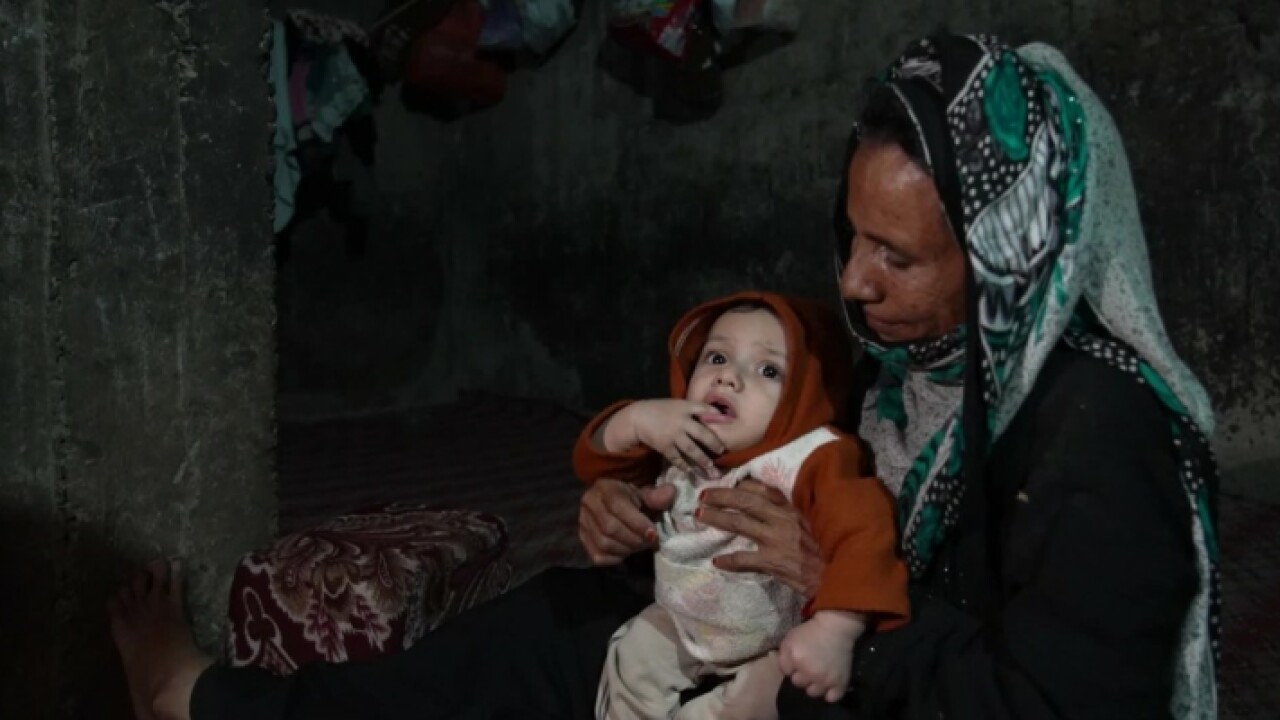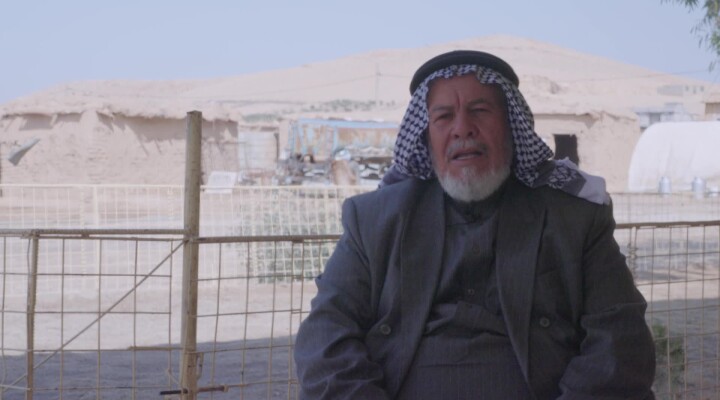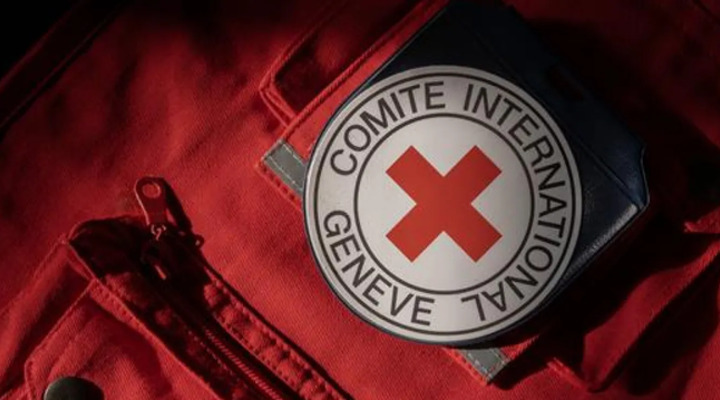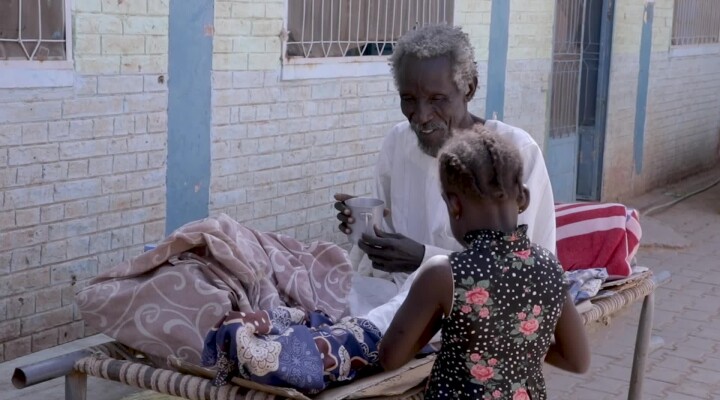Yemen: Plight of Population is Growing as World Attention Wanes

This is a modal window.
Continuously raging violence in Taiz, Marib, Al-Bayda, Hodeida, Shabwah, Al-Jawf and Hajjah has forced over 157,500 people into displacement in 2021 only, adding to the over 3.3 million people who remain displaced across Yemen. Thousands of vulnerable families in these areas, in part due to their fragile economic status, have no option but to remain there, living alongside the daily hazards of the active frontline including the alarmingly limited access to all essential needs.
People living in Taiz, Yemen’s longest-running battlefield, have been bearing the brunt of the protracted conflict since its onset back in 2015. The violence has exhausted the population that couldn’t flee. “There is always the sound of clashes, bombardments, explosions in the background. The walls of the house are frequently shelled,” said Majida, a 40-year-old widow and mother of three living in the northern part of Taiz city. “We cannot afford to leave the area and rent somewhere safer. I have no option but to stay and live in a constant state of fear for my children’s safety,’’ she added.
In a country where food insecurity is already threatening over 16.2 million people, the severity of food and water needs is dangerously acute in Taiz and other nearby areas highly impacted by ongoing violence. The escalation of conflict in Ukraine is likely to further reduce people’s access to their basic needs as it is likely to raise food prices, in particular the cost of grains, even as fuel prices rise around the world. Over the past year food prices have skyrocketed across Yemen, leaving more than half of the country in need of food assistance.
The access to other essential needs such as basic health care is dangerously limited in these areas. Access to health facilities has become a luxury. “My daughters critically need a periodic medical follow up. To take them to the nearest hospital requires paying extra for transportation as drivers are not willing to come to our neighborhood for safety reasons,” added Majeda. Across Yemen, 20.1 million, out of a total population of 30.5 million lack access to basic healthcare. And only 51% of health facilities are in service.
The ongoing clashes and shelling on the neighborhoods situated on the frontlines in Taiz have resulted in widespread mental health issues among residents, especially children. “When shells fall on our neighborhood, our children cling desperately onto our clothes and scream. Many people have lost their minds after seven years of living in areas where clashes and shelling have become part of our everyday day life,” said Om Saeed. She added: “Our highest hope is to get a bag of flour and a blanket.’’
The presence of landmines and unexploded ordnance (UXO) presents a significant danger to the people across Yemen, but contamination is especially high along Yemen’s west coast, near the strategic port of Hodeida, in Taiz governorate and more recently around Marib. Reportedly, there are more than 1 million land mines and unexploded ordnance scattered across the country, killing and injuring civilians on a daily basis.
Humanitarian needs in the country remain massive, as two-thirds of the population are currently in need of humanitarian assistance “The severity of needs is deepening by the minute. Today 14.3 million people are in acute need, which is 27% higher than last year,” said Katharina Ritz, ICRC’s head of delegation in Yemen.
The stakes are high as Yemen international pledging conference approaches, and the ICRC urges the international community to step up the response.
In 2021, the High-Level Pledging Event on Yemen announced a target of approximately $1.7 billion. That was less than the total received for the humanitarian response plan in 2020, and a billion dollars less than what was pledged at the conference held in 2019. The ICRC urges the international community to continue funding humanitarian actors like the ICRC so that people in Yemen can be better assisted in such fields as food, health care, clean water and protection.
“As the humanitarian situation worsens, scaling back assistance will be a vital matter for millions of families across Yemen. A further decrease in funding will have a direct impact on people’s lives and our ability to sustainably provide life-saving aid to them,” said Ms. Ritz.
For more information, please contact:
Basheer Omar (Sanaa) balselwi@icrc.org+967 737889476 and/or +967 771 480 412
Imene Trabelsi (Beirut) itrabelsi@icrc.org +961 3 138 353
Jason Straziuso (Geneva) jstraziuso@icrc.org +41227302077
Notes for editors:
ICRC IN Yemen: Facts and Figures:
- The ICRC provided various forms of relief support to more than 1,603,605 people in 2021.
- 5 million people benefited from the ICRC’s WatHab activities in different parts of the country.
- ICRC provides medical material, equipment, and medicines to 48 hospitals, 3 dialysis centers and 36 primary healthcare clinics across Yemen.
- ICRC supports the treatment of tens of thousands of war-wounded patients every year and provides services to more than 54,000 people with disabilities.
- ICRC supports diploma programs for Prosthetics and Orthotics in partnership with the Higher Institute for Health Sciences for 10 students (3 years) and provides scholarships to 25 students to do bachelor degrees in the field of in 2021, The ICRC facilitated the unification of 17 minors with their family members.
- ICRC conducted 31 detention visits to 16 places of detention around the country to ensure that the detainees are afforded adequate living conditions, are able to contact their families, and are treated at all time with dignity, reaching some 20,000 detainees.
Food Insecurity in Yemen:
- Seven years to the conflict, exhausted financial resources and savings, with collapsing economy, high inflation rates and unemployment and soaring prices of basic commodities, leaving around 20 million people foods insecure.
- Malnutrition rates among women and children in Yemen remain among the highest in the world, with 1.2 million pregnant or breastfeeding women and 2.3 million children under 5 requiring treatment for acute malnutrition.
- 2 million people going hungry, including some 5 million people on the verge of famine and nearly 50,000 people already experiencing famine-like conditions. It’s estimated 20 million people can’t find or afford enough food in Yemen today, with 3.2 million children and women acutely malnourished.
ICRC Response on Yemen’s west coast:
- The ICRC continues to support 6 health facilities of which two hospitals with medical materials to be able to treat war wounded people.
- The ICRC continues to support vital infrastructures in some parts of Taiz governorate to alleviate the suffering of the people who have been affected by the protracted conflict.
- The ICRC continues to distribute food, non-food items and cash to people who have been affected by the protracted conflict across Taiz governorate.
- The ICRC supplied Taiz Central prison with 20,000 litres of water per day, 1,740 m3 in 2021, benefiting 900 detainees.
- The ICRC continues to support the Physical Rehabilitation Centre in Taiz city with the need materials and incentives for its staff.
- The ICRC has opened an office in Al-Turbah town of Taiz governorate to ensure adequate proximity to affected population in the governorate.
Log-list
Title :Yemen- 7 years of conflict /Plight of Population is Growing as World Attention Wanes/ Life in Taiz Frontlines
Location: Yemen, Taiz Governorate
Length: 7.11 mns
Format: HD mp4
Producer: Wagdi Almaqtari/ICRC
Cameraperson: Taha Saleh
Production languages: Arabic
Filming dates: 20 to 26 Feb 2022
Copyright: ICRC access all
Shortlist /Script:
|
Time In |
Time Out |
Interviewee, Location/ link |
Transcript |
|
00 |
0.43 |
Taiz, External footage : Drone/ landscape |
|
|
00.44 |
1.00 |
Taiz, internal/Majida B roll |
|
|
01:01
01:08
01:25
01:43
01:49
01:56
02:09
02:16
02:20
|
|
Soundbite:Majida
|
When the shooting the starts , we go to the undamaged corner of our room. My daughters critically need a periodic medical follow up, to take them to the nearest hospital requires paying extra for transportation as drivers are not willing to come to our neighborhood for safety reasons We always we gunshots arriving at the house and we are not able to move out and leave our house and rent, I can't afford the rent. Services and goods are not available here, because most of the shop owners have been displaced because of how dangerous the area is. I always wait for my daughters in the street in front of their school until school time is over so I take them back home. The conflict started when my daughter was two and a half years old, and now she is nine years old. She lives in terror because she always hears bullets and explosions. My daughter does not know that there are other safe areas where there is no war, she thinks that the whole world is at war My wish is for the war stop the war so we can live safely So that my daughters and I don't have to worry and we get out of the house and feel safer. |
|
2.26 |
2.42 |
Internal B-roll /Majida and her daughter |
|
|
2.43 |
3.14 |
General B-roll: daily life / houses impacted by bullets |
|
|
3.16 |
3.50 |
External shots – B Roll Om Saeed : old lady collecting wood for heating and cooking |
|
|
03:52 03:54
04:00
04:03
04:10
04:21
04:26 04:35 |
|
Soundbite: Om Saeed
|
We risk our lives, and shells always reach the area around us The house is exposed to bullets and shells contently We live in the ground floor and we use the basement to hide when shelling gets bad (for fear of the arrival of the shells) even though it is completely dark down there we try to hug them when they hear gunfire. Even ius, the adults we are afraid. Many people have lost their minds after seven years of living in areas where clashes and shelling have become part of our everyday day life or undergo treatment for injuries caused by the shells that reach the neighbourhood. When shells fall on our neighborhood, our children cling desperately onto our clothes and scream Food prices are getting higher, if you don't have the money you will starve to death I wish I could get a bag of flour for the kids, and a blanket to cover with, as we don't have any blankets |
|
4.45 |
5.07 |
Internal shots – B Roll Om Saeed with grand son |
|
|
5.08 |
5.28 |
shots – B Roll Om Ahmed with daughters coming back from school |
|
|
05:28
05:36
05:49
06:00
06:11
06:25
06:40
06:51 |
|
Soundbite: Om Ahmed |
The children go to school, and we are worried about them from the clashes. We cannot live on the upper floors because we bullets and shells, and all the people of the area live in the basement. Shells always reach us, we wanted to live in the city, but the rent is very high there ., here we got a basement, and we live in it now. During the clashes we hide behind a wall until the clashes ends We can't provide al needed dailymeals, we usually can only provide for our families tea and bread, and we rarely get a can of beans The prices here are very high, if we buy some materials from the market, because of the constant clashes in the area in which we live, the drivers are afraid to deliver the materials to us, and sometimes if there are clashes, they leave the materials in the middle of the road and leave, and we and the children have to carry them We pray to God that the war stops. We hope that the war will stop and that every displaced person will return to his place |
|
7.00 |
7.11 |
Taiz, External Drone footage |
|


